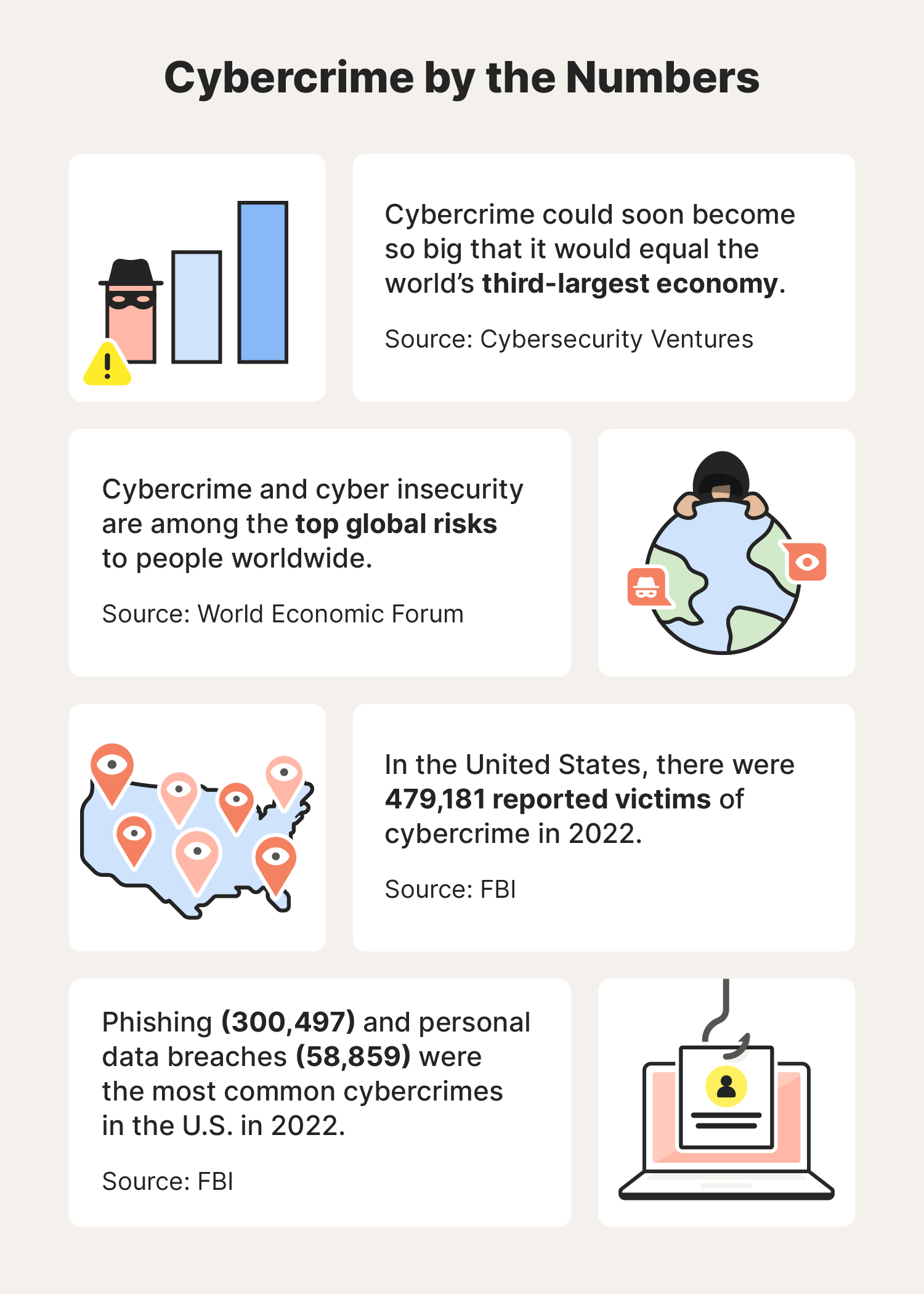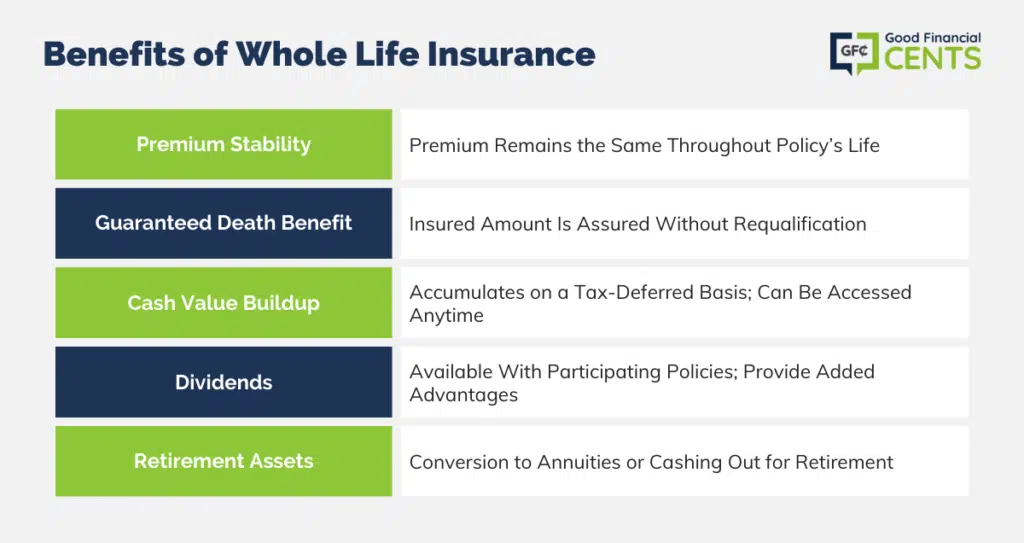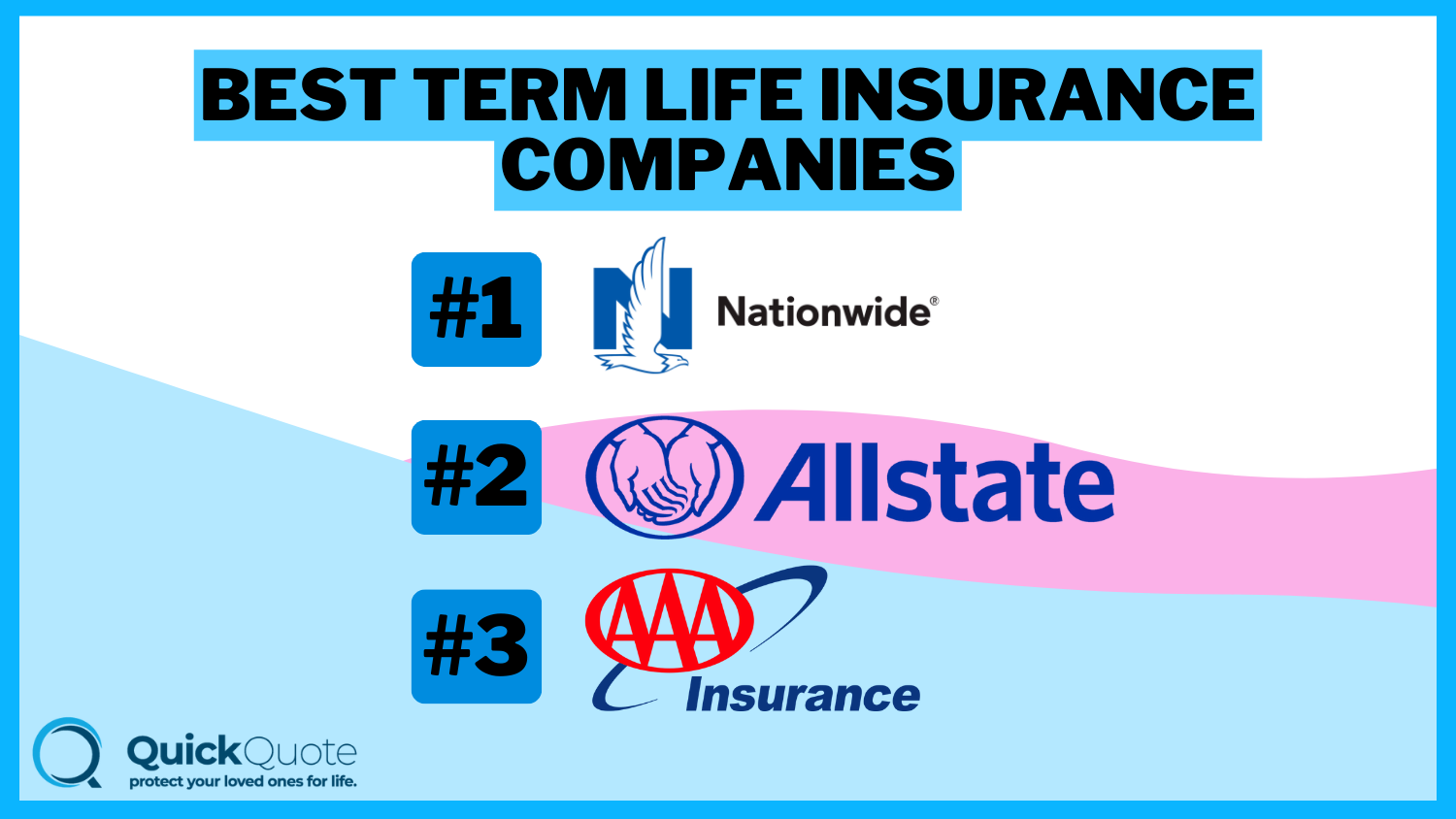Car Accident Hits Pedestrian: The Aftermath
In the chaotic aftermath of a car accident, the involvement of a pedestrian can amplify the severity of the situation. The impact between a vehicle and a vulnerable human body often results in catastrophic injuries, leaving both the pedestrian and the driver facing life-altering consequences.
The Aftermath of a Car Accident Involving a Pedestrian
The immediate moments after a car accident involving a pedestrian are crucial. The scene is often chaotic, with onlookers rushing to aid the victims and emergency responders struggling to access the injured. For the pedestrian, the pain and shock can be overwhelming, while the driver may be grappling with guilt, fear, or confusion. The physical and emotional trauma can linger long after the initial impact.
The severity of a pedestrian accident depends on a myriad of factors, including the speed and weight of the vehicle, the point of impact, and the age and health of the pedestrian. Fractures, lacerations, and head injuries are common, but more severe injuries such as spinal cord damage and internal bleeding are also a risk. The pedestrian may require immediate medical attention and subsequent rehabilitation, which can be a financial and emotional burden.
The legal ramifications of a car accident involving a pedestrian can be complex. The driver may face charges ranging from traffic violations to criminal negligence. Determining fault and liability can be a contentious process, and both the pedestrian and the driver may be entitled to compensation for their injuries and losses.
Beyond the physical and legal consequences, a car accident involving a pedestrian can have a profound impact on the lives of both parties. The pedestrian may struggle to regain their mobility or resume their daily activities. The driver may be haunted by the memory of the accident and the realization that they injured another human being. The psychological and emotional scars can take years to heal, if they ever do.
Car Accident Hit Pedestrian: What You Need to Know
In the United States, car accidents involving pedestrians result in countless injuries and fatalities every year. If you’re ever involved in such an incident, knowing what to do in the immediate aftermath is paramount. This guide will walk you through the essential steps to take.
Immediate Action
In an accident involving a pedestrian, your first priority is to call for emergency assistance by dialing 911. While waiting for help to arrive, provide medical aid to the injured individual. Check for responsiveness, breathing, and signs of bleeding. If the person is conscious, keep them calm and comfortable until paramedics arrive.
Preserving Evidence
Once the injured person has been attended to, it’s crucial to preserve evidence at the accident scene. Take photos of the vehicles involved, the pedestrian’s injuries, and any visible damage to the roadway. Note down the license plate numbers, names of drivers, and witness information. This documentation will be invaluable for insurance purposes and any potential legal proceedings.
Contacting the Authorities
If the accident resulted in serious injuries or fatalities, you’re legally obligated to report it to the local police department. Obtain a copy of the police report, as it will contain vital information about the incident, including witness statements and diagrams.
Seeking Medical Attention
Even if you don’t feel injured immediately, it’s important to seek medical attention after a car accident. Some injuries may not manifest themselves until hours or days later. A doctor can perform a thorough examination and recommend follow-up care if necessary.
Protecting Your Rights
If you or a loved one has been injured in a pedestrian accident, it’s prudent to consult with a qualified attorney. They can help you navigate the legal process, file a claim, and maximize your compensation. Never sign any documents or accept settlement offers without consulting an attorney first.
Car Accident Hit Pedestrian: A Driver’s Legal Liabilities
Road accidents can have devastating consequences, and when a car collides with a pedestrian, the outcome is often grim. The law imposes strict liabilities on drivers involved in such accidents, recognizing the vulnerability of pedestrians and the need to deter reckless behavior behind the wheel.
Legal Implications
The legal ramifications for drivers involved in pedestrian accidents vary significantly depending on the specific circumstances. However, certain legal consequences are common across many jurisdictions.
Civil Liability
In the aftermath of an accident, victims or their families can file civil lawsuits against the negligent driver, seeking compensation for damages such as medical expenses, lost wages, pain and suffering, and loss of future earning capacity. Such lawsuits often allege negligence or recklessness on behalf of the driver. Proving negligence requires demonstrating that the driver failed to act as a reasonably prudent person would have under similar circumstances.
Criminal Charges
In cases where the driver’s conduct was particularly egregious or reckless, criminal charges may be filed. Reckless driving, vehicular homicide, and involuntary manslaughter are some common charges that prosecutors may consider in pedestrian accident cases. These charges carry significant penalties, including fines, imprisonment, and license suspension or revocation.
Insurance Implications
Car accidents involving pedestrians can also have significant implications for the driver’s insurance coverage. Most insurance policies include liability coverage, which can help cover the costs associated with compensating victims in civil lawsuits. However, if the driver was found to be grossly negligent or intoxicated, the insurance company may deny coverage or seek reimbursement from the policyholder.
Tips to Avoid Pedestrian Accidents
Preventing pedestrian accidents is crucial to ensure safety on our roads. Here are some tips for drivers:
- Always yield to pedestrians at crosswalks and intersections.
- Maintain a safe following distance from pedestrians.
- Be aware of pedestrians, especially in areas with heavy foot traffic.
- Avoid distractions, such as texting or talking on the phone, while driving.
Car Accident Hit Pedestrian
Being struck by a car can be a terrifying and life-altering event for pedestrians. The aftermath of such an accident involves not only physical and emotional trauma but also a complex web of legal and insurance considerations. This article delves into the crucial aspects of what happens when a car accident injures a pedestrian, focusing on the role of insurance companies in determining fault and providing coverage for medical expenses and damages.
Determining Fault
Assigning fault in a car accident involving a pedestrian is paramount in determining who is liable for damages. Several factors come into play, including:
In some cases, both the driver and the pedestrian may share fault, leading to a comparative negligence approach to determining liability.
Insurance Considerations
Both the driver’s and the pedestrian’s insurance companies will be involved in determining fault and coverage for medical expenses and damages.
The driver’s insurance policy typically provides liability coverage for injuries and damages caused to others in an accident. This coverage includes medical expenses, lost wages, pain and suffering, and property damage. The pedestrian’s insurance policy may also provide coverage for medical expenses and lost wages, depending on the policy’s terms.
Insurance companies investigate the circumstances of the accident, review evidence, and assess the extent of injuries to determine fault and coverage. They may also negotiate settlements with the parties involved.
Medical Expenses
Medical expenses can be substantial after a car accident, especially if the pedestrian sustains serious injuries. The pedestrian’s insurance policy may cover these expenses, including ambulance transport, emergency room care, hospitalization, surgeries, rehabilitation, and ongoing medical treatment. If the driver is at fault, their liability insurance should also cover the pedestrian’s medical bills.
Other Damages
In addition to medical expenses, the pedestrian may also seek compensation for other damages, such as:
The pedestrian’s insurance policy may provide coverage for some of these damages, and the driver’s liability insurance may also be responsible for covering certain expenses.
Car Accident: Pedestrian Hit
As a result of a car accident, a pedestrian was struck and severely injured. Unfortunately, incidents like these are all too common, highlighting the urgent need to prioritize pedestrian safety. Pedestrians, drivers, and policymakers must work together to create a safer environment for those on foot.
According to the National Highway Traffic Safety Administration (NHTSA), over 6,500 pedestrians were killed in traffic crashes in 2020. That’s an average of one pedestrian death every 85 minutes.
Pedestrians are particularly vulnerable to injury and death in car accidents because they have little protection from the impact of a vehicle. Even at low speeds, a pedestrian can be seriously injured or killed.
Pedestrian Safety Measures
Pedestrians can take several steps to protect themselves from being hit by a car:
- Obey traffic laws. This means crossing the street at designated crosswalks, using pedestrian signals, and obeying speed limits.
- Be visible to drivers. Wear bright-colored clothing during the day and reflective clothing at night.
- Avoid distractions. Don’t text, talk on the phone, or listen to music while walking.
- Be aware of your surroundings. Pay attention to traffic and be prepared to yield to vehicles.
- Educate children about pedestrian safety. Teach them the rules of the road and how to stay safe while walking.
Driver Responsibilities
Drivers also have a responsibility to protect pedestrians.
- Yield to pedestrians at crosswalks.
- Be aware of pedestrians and cyclists when turning or backing up.
- Slow down in areas with heavy pedestrian traffic.
- Don’t text, talk on the phone, or drive under the influence of alcohol or drugs.
- Be patient and courteous to pedestrians.
Policy Changes
In addition to individual actions, policymakers can also implement changes to improve pedestrian safety.
- Increase funding for pedestrian safety infrastructure, such as crosswalks, pedestrian signals, and sidewalks.
- Reduce speed limits in areas with heavy pedestrian traffic.
- Enforce traffic laws more strictly, especially those related to pedestrian safety.
- Educate the public about pedestrian safety.
- Work with law enforcement to crack down on distracted driving.
Creating a safer environment for pedestrians is a shared responsibility. Pedestrians, drivers, and policymakers must all work together to make our roads safer for everyone.
**Car Accident Hit Pedestrian: A Comprehensive Guide**
On a bustling city street, amidst the constant hum of traffic, a horrifying event unfolds. A speeding car collides with a pedestrian, sending shockwaves through the community. Such incidents are alarmingly common, leaving victims with life-altering injuries and families grappling with immense grief. This article delves into the complexities of car accidents involving pedestrians, offering valuable information to prevent future tragedies and ensure justice for those affected.
Driver Responsibility
Drivers have a fundamental duty to prioritize the safety of others on the road. This responsibility extends to pedestrians, who are often vulnerable and at risk of being struck by vehicles. Drivers must always be vigilant, constantly scanning their surroundings and anticipating potential hazards. They are legally obligated to yield the right-of-way to pedestrians, particularly at intersections and in school zones, where children may be present. Moreover, it is imperative for drivers to adhere to speed limits and avoid distractions such as texting or using electronic devices.
Pedestrian Rights
Pedestrians also have a responsibility to exercise caution while navigating streets and sidewalks. They should be aware of their surroundings and make eye contact with drivers before crossing intersections. Using designated crosswalks and adhering to traffic signals is essential for their safety. By following these guidelines, pedestrians can minimize the risk of becoming involved in an accident.
Common Causes of Pedestrian Accidents
Numerous factors can contribute to pedestrian accidents, including:
- Speeding: Excessive speed limits drivers’ reaction times, making it difficult to avoid pedestrians.
- Distracted driving: Texting, talking on the phone, or operating electronic devices while driving significantly increases the risk of accidents.
- Impaired driving: Alcohol or drug use impairs drivers’ judgment and reflexes, making them more likely to cause accidents.
- Poor visibility: Darkness, fog, or heavy rain can make it challenging for drivers to see pedestrians.
Consequences of Pedestrian Accidents
Pedestrian accidents can have devastating consequences, resulting in:
- Severe injuries: Pedestrians often sustain serious injuries such as broken bones, head trauma, or internal bleeding.
- Wrongful death: Tragically, pedestrian accidents can lead to fatalities, leaving families shattered and communities in mourning.
- Financial burden: Medical expenses, lost wages, and other costs associated with pedestrian accidents can be overwhelming for victims and their families.
- Emotional trauma: The emotional toll of pedestrian accidents can be profound, leaving victims with anxiety, depression, and PTSD.
Legal Implications
When a pedestrian accident occurs, it is crucial to understand the legal implications. Victims may have a legal claim to recover damages for their injuries, lost income, and other losses. It is advisable to consult with an experienced attorney to explore legal options and navigate the legal process.
Insurance Coverage
In the event of a pedestrian accident, insurance coverage is essential. Drivers are typically required to carry liability insurance, which provides coverage for bodily injuries and property damage caused to others. Pedestrians may also have coverage under their own personal injury protection (PIP) insurance or uninsured/underinsured motorist (UM/UIM) insurance. Understanding the insurance coverage available can help victims access the financial resources they need to recover from their injuries.




Leave a Reply